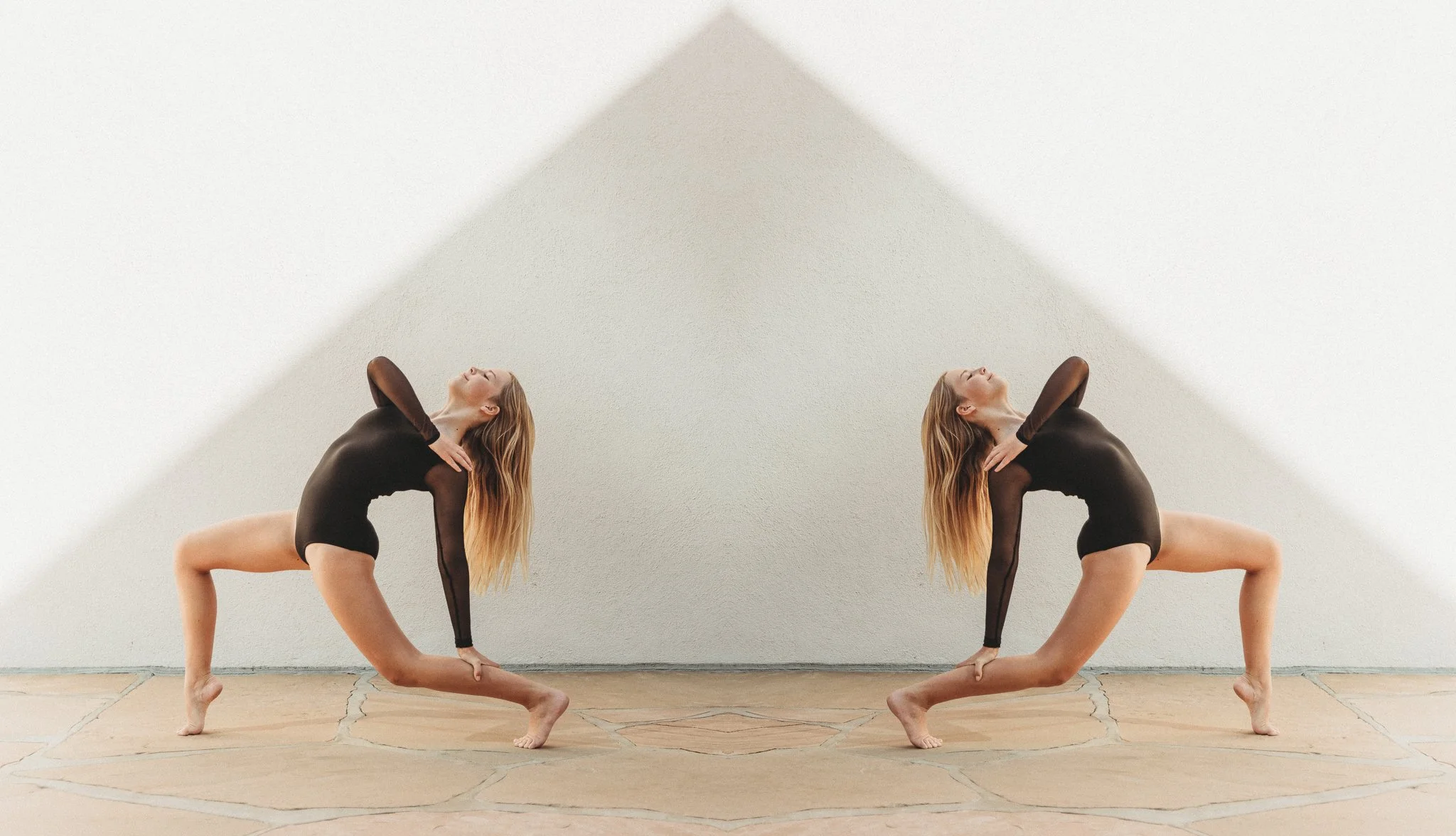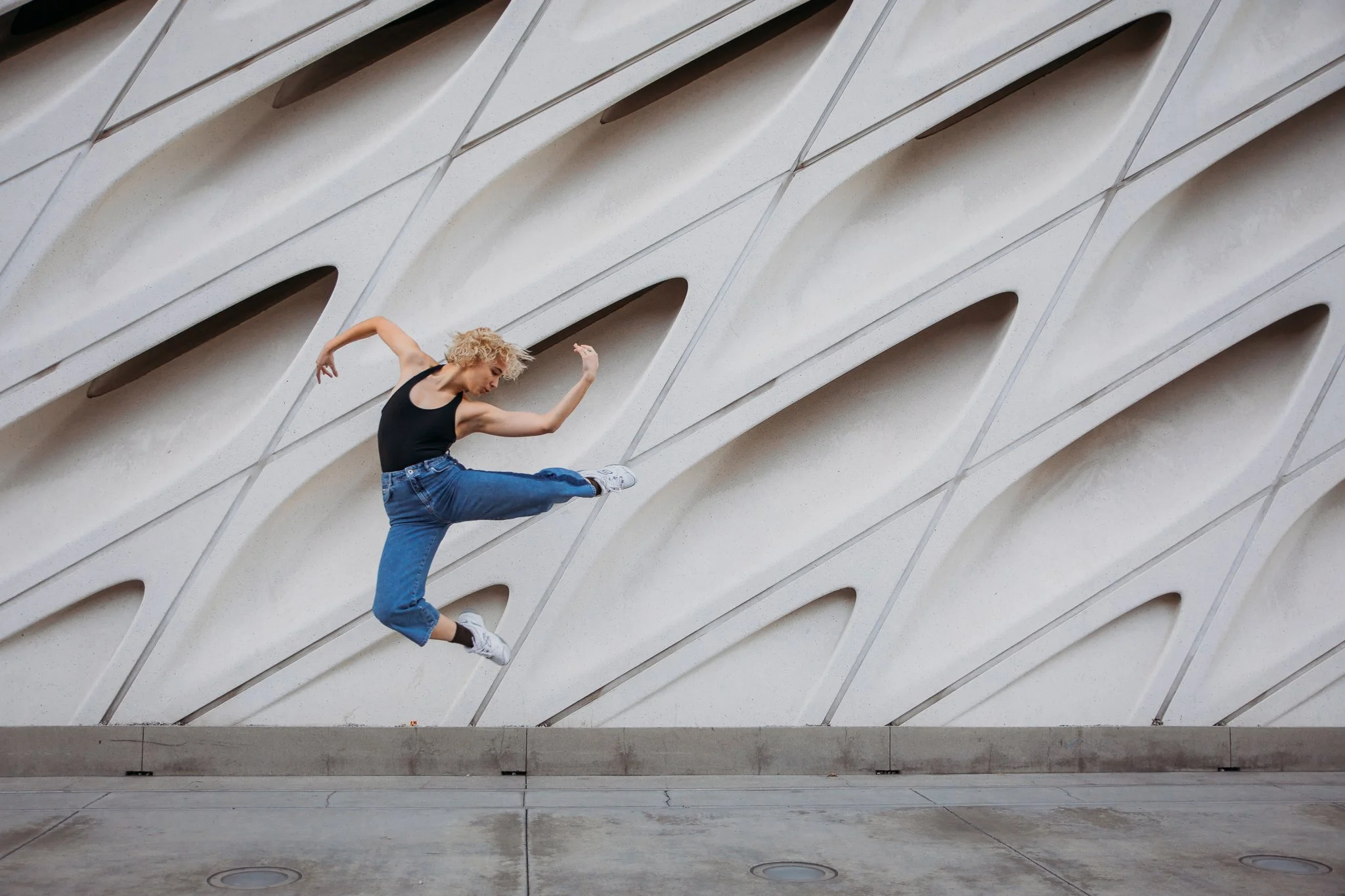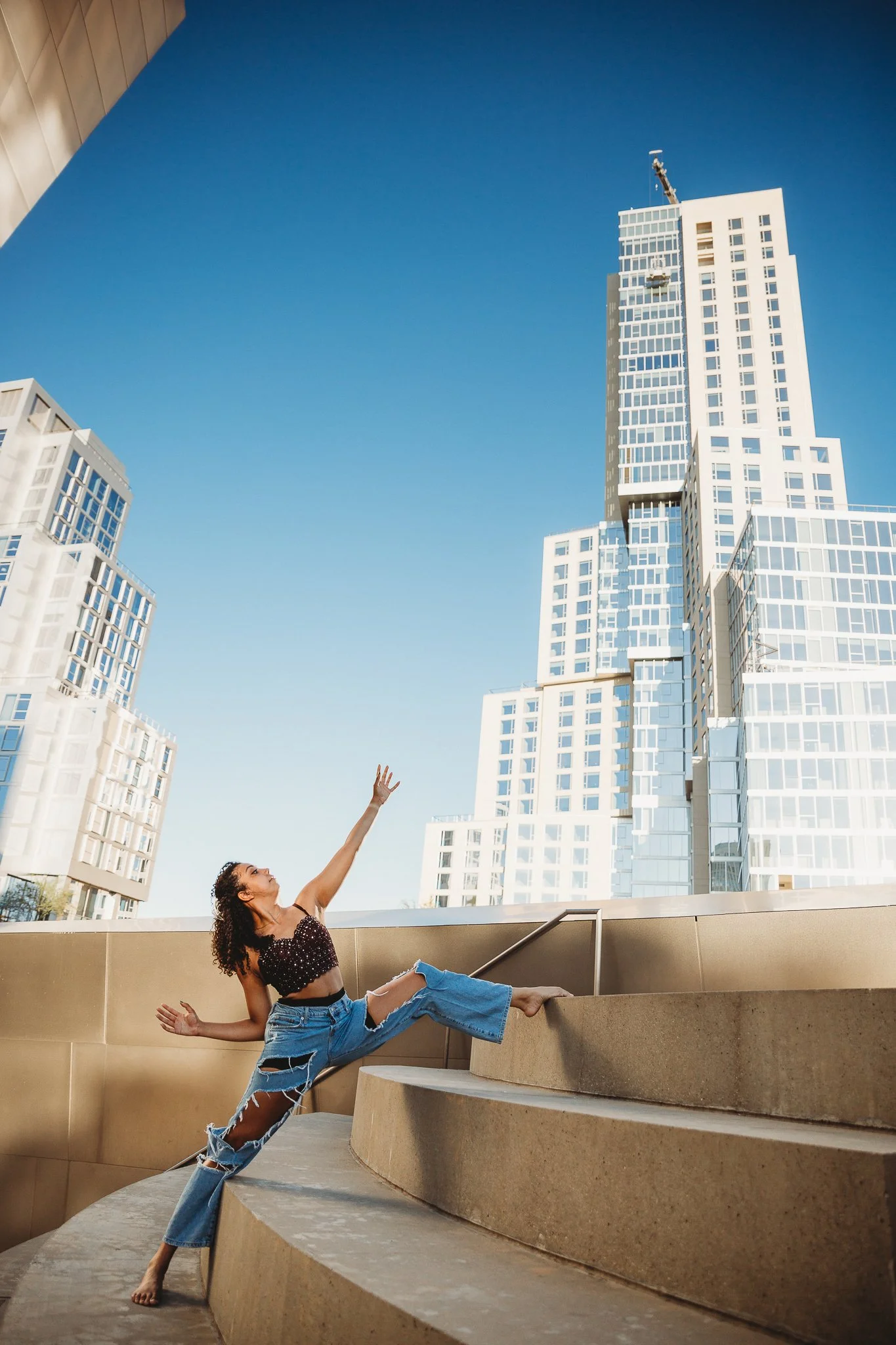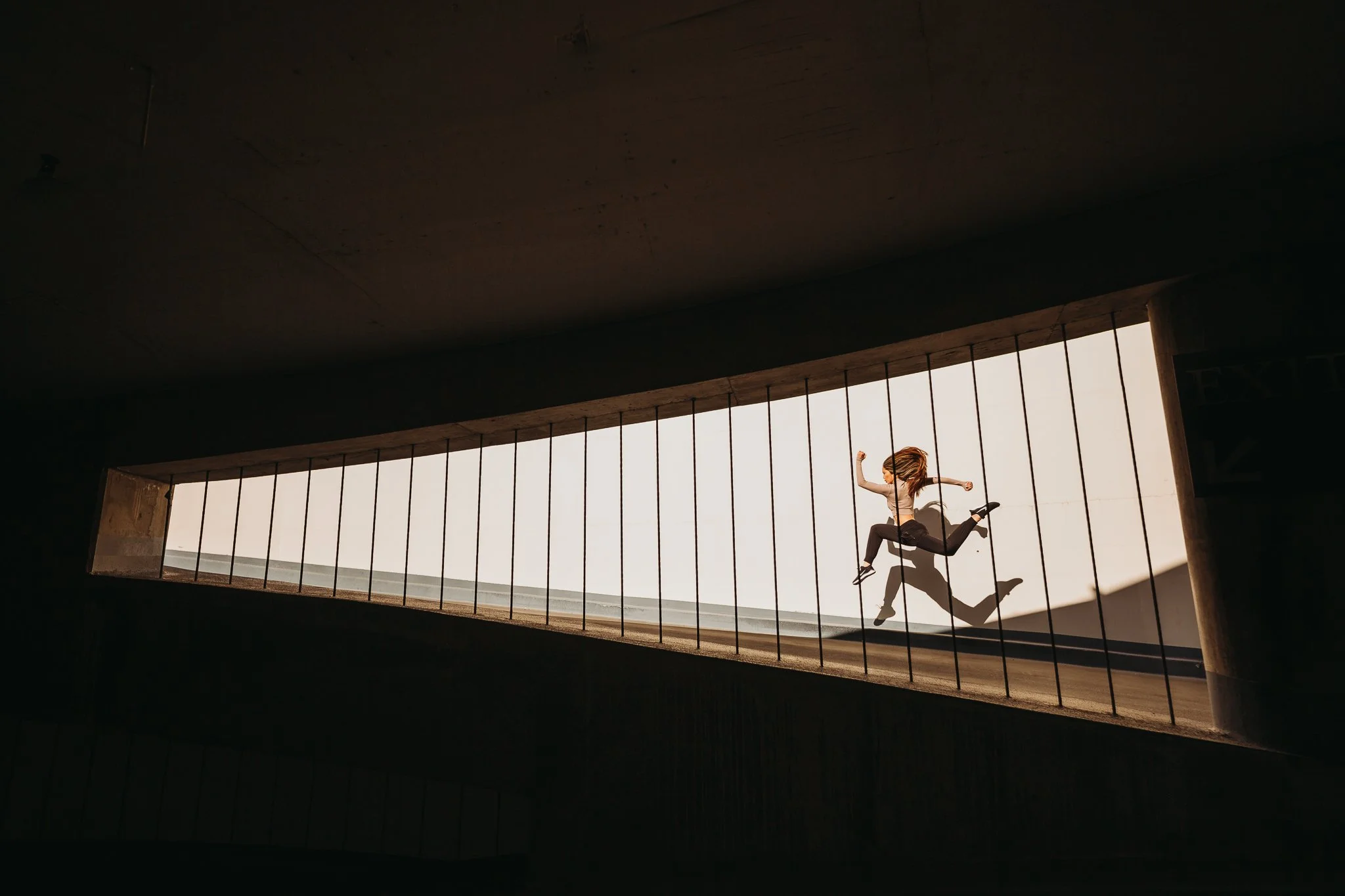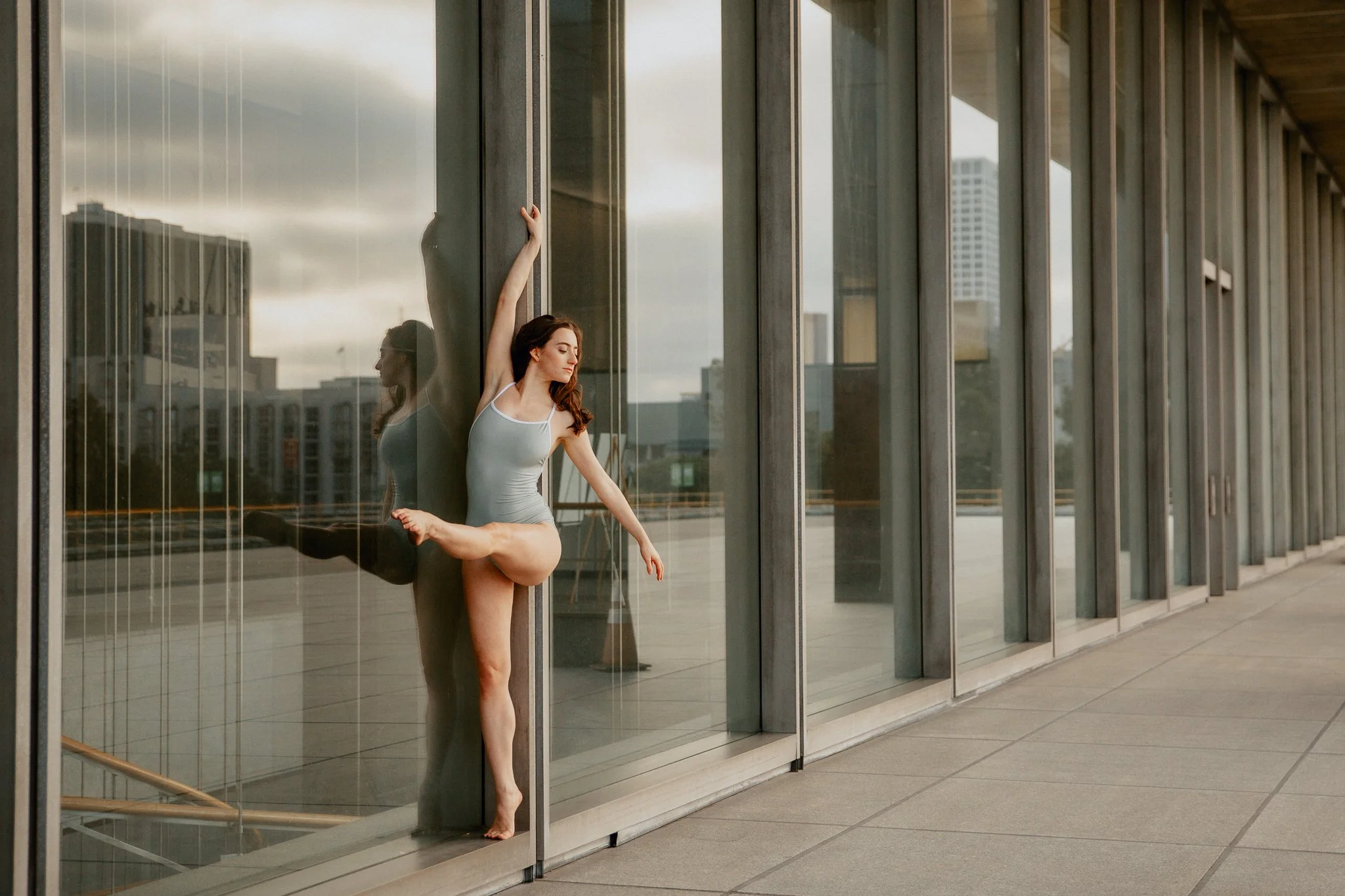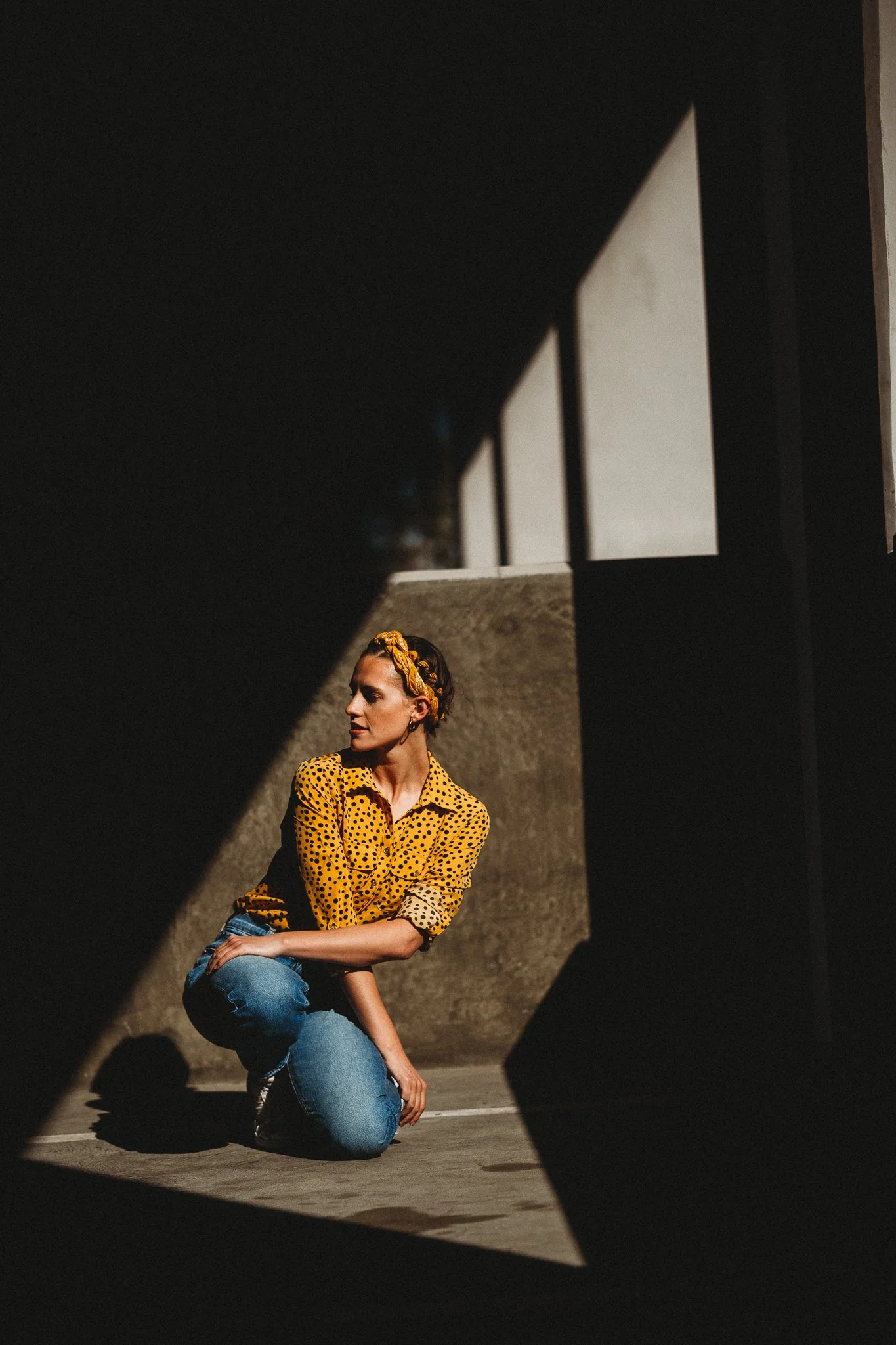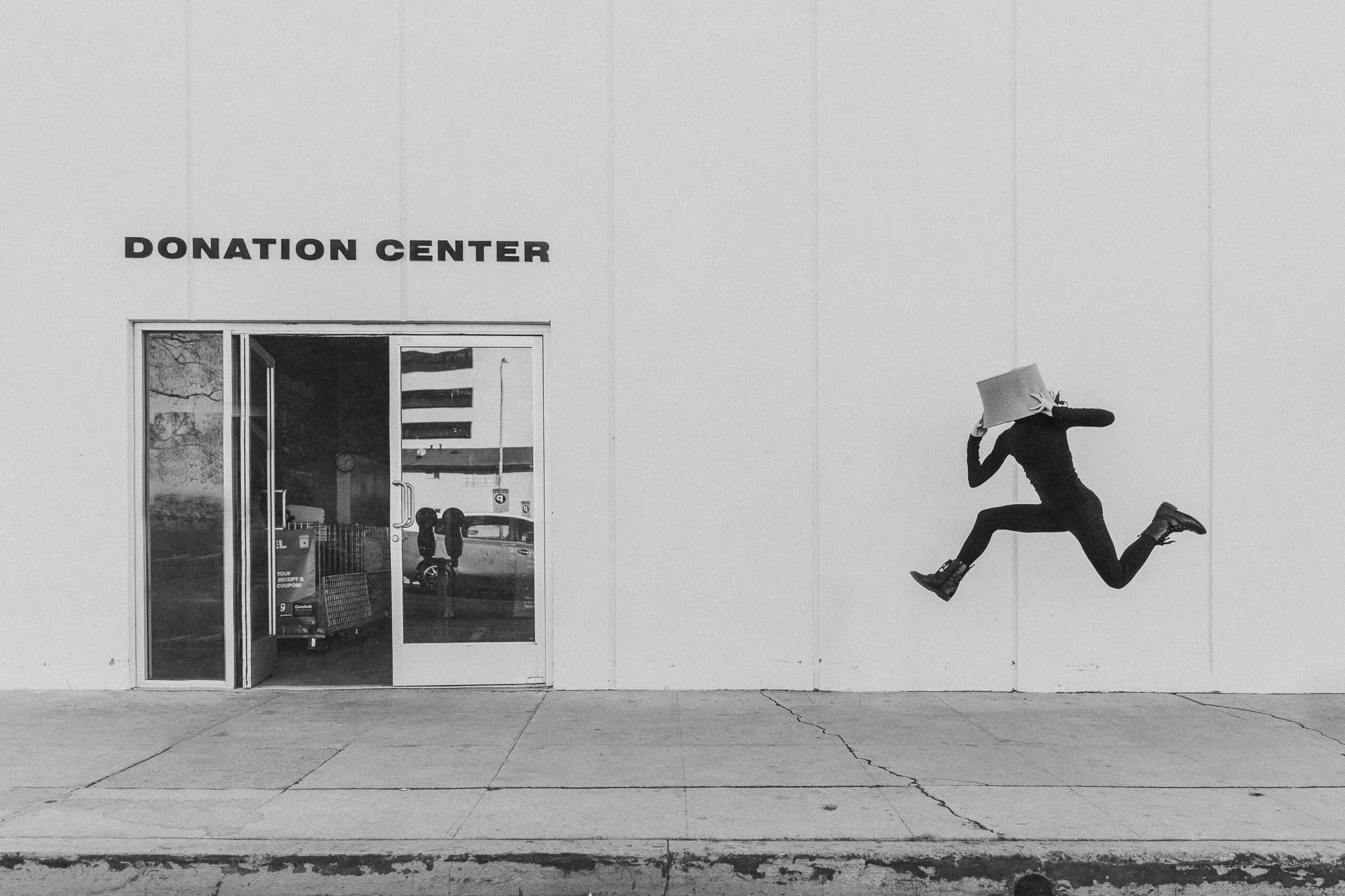Cityscape Movement: Finding Rhythm in the City | Los Angeles Dance Photographer
The Power of Place, Part 1
Welcome to Part 1 of The Power of Place — a series exploring how environment shapes the energy, emotion, and storytelling of dance photography.
As a Los Angeles dance photographer, I’m endlessly inspired by how location transforms movement. Every space — from a wild beach to a quiet street corner — carries its own rhythm. And in the city, that rhythm is alive.
The hum of traffic, the geometry of architecture, the reflection of sunlight off glass — all of it creates an atmosphere that pulls dancers into a new kind of dialogue between motion and stillness.
The Dance of Lines and Light
In the city, dancers move against a backdrop of structure and pattern. The vertical rise of buildings, the sharp edges of staircases, the texture of concrete — these elements frame motion in bold, graphic ways.
As a photographer, I’m drawn to this tension: the softness of a dancer’s form against the rigidity of architecture. It’s contrast and harmony all at once.
Photographer Tip: Use architectural lines to guide the viewer’s eye. Position your dancer so the geometry complements their shape — for instance, a grand jeté framed between two parallel lines or a pose echoing the symmetry of a doorway.
Dancer Tip: Think of your environment as a partner. Use walls, railings, or reflections as tools for expression — lean into them, mirror them, or push away from them. The city isn’t static; it’s your stage.
Capturing Energy in Stillness
Cities have their own pulse — a rhythm you can almost feel in your bones. Capturing that pulse in a still image means balancing movement with quiet.
For dancers, that might mean holding a shape just a moment longer, letting tension build in the pause. For photographers, it’s about timing the shot when the dancer and the environment briefly sync — when a breeze lifts fabric or when the light and shadow are just right.
Photographer Tip: Pay attention to timing and light direction. Early morning and late afternoon bring long shadows and warm tones that add dimension to cityscapes and architecture.
Dancer Tip: Arrive warmed up and ready to explore. Don’t rush to “get the shot.” Walk through the space, feel its rhythm, and let your movement evolve from what you experience.
Wardrobe and Color in the City
Clothing choices play a huge role in how movement reads in photographs. Against neutral city tones — concrete, steel, glass — bold color can create striking contrast.
Dancer Tip: Choose colors that make you pop — rich reds, vibrant blues, deep golds. Flowing fabrics that catch light or movement can bring the photo to life.
Photographer Tip: Balance wardrobe with light and background. If the environment is visually busy, lean toward simpler tones. If it’s minimal, embrace color and texture.
The Story Beneath the Surface
City dance photography isn’t just about motion against metal and stone — it’s about emotion within chaos. These sessions often capture stories of resilience, freedom, and human connection in a world built from order and structure.
As the series continues, we’ll step into other environments — nature, studio, and unexpected spaces — each with its own voice and visual language. But the city will always be a reminder that beauty lives in contrast: between strength and grace, chaos and calm, line and curve.
Closing Thoughts
If you’re a dancer, the city is your choreography waiting to happen. If you’re a photographer, it’s your canvas — alive with light, shadow, and rhythm.
Every space tells a story. The city just happens to tell it loudly.
Ready to create your own city-inspired dance session?

